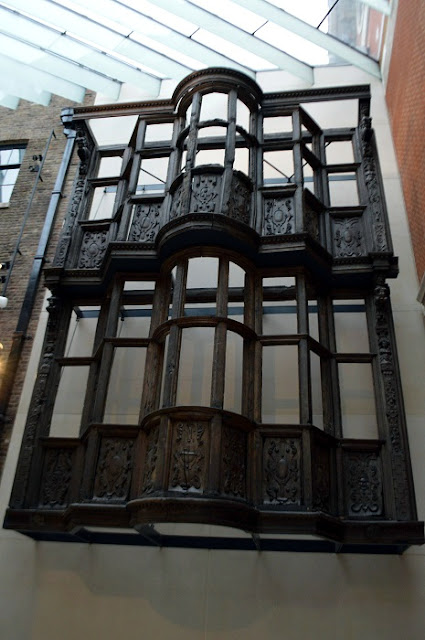The Becket Casket & thoughts on the ecclesiastical meaning of Louis Vuitton handbags

< Table of Contents The image of a pious archbishop, brutally slaughtered in his own cathedral still resonates almost 850 years after the event. Certainly, the murder of Thomas Becket caused shockwaves throughout the christian world of its day. For all that, I still feel that the clerics of Canterbury were not shy about exploiting the event for the maximum theological and financial gain. Part of the latter must include this majestic casket. Created in Limoges in the period from 1180 to 1190 and decorated with champlevé enamel work, it is the largest, most elaborate, and probably the earliest of the 45 or so surviving examples. The decoration includes scenes from Becket’s killing, burial, and ascent into heaven. The figures on the back are variously interpreted as either saints or personifications of the four Cardinal Virtues (Prudence, Justice, Fortitude, and Temperance). While the intervening decoration on this side is intricate, it and the form of the shrine itself co


